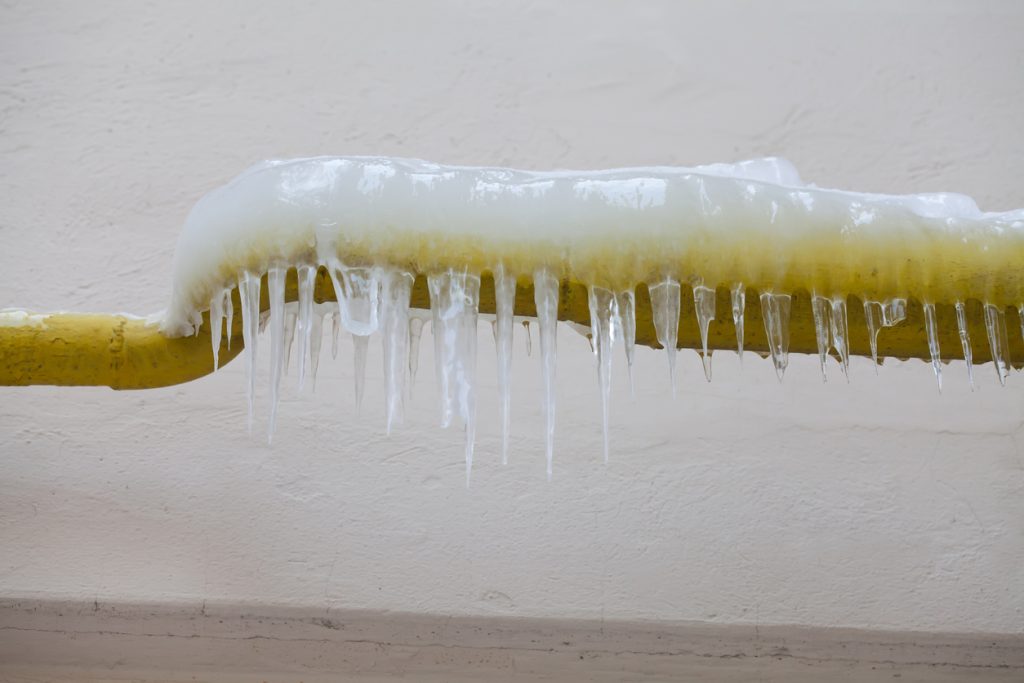We've come across this great article relating to How to Prevent Your Pipes From Freezing below on the net and thought it made good sense to quickly share it with you on this site.

Winter can ruin your plumbing, particularly by freezing pipes. Below's just how to avoid it from taking place and what to do if it does.
Introduction
As temperatures decrease, the risk of icy pipelines increases, possibly bring about expensive repair work and water damage. Comprehending exactly how to stop frozen pipelines is vital for homeowners in cool climates.
Avoidance Tips
Protecting at risk pipelines
Wrap pipelines in insulation sleeves or use warm tape to safeguard them from freezing temperatures. Concentrate on pipes in unheated or outside locations of the home.
Heating strategies
Keep interior areas effectively heated up, particularly areas with pipes. Open cupboard doors to enable cozy air to circulate around pipes under sinks.
Just how to recognize frozen pipes
Look for lowered water circulation from taps, uncommon smells or noises from pipelines, and visible frost on exposed pipelines.
Long-Term Solutions
Structural changes
Think about rerouting pipes far from outside walls or unheated areas. Add extra insulation to attic rooms, basements, and crawl spaces.
Updating insulation
Purchase top notch insulation for pipelines, attics, and walls. Proper insulation helps preserve regular temperatures and minimizes the danger of icy pipelines.
Shielding Exterior Pipes
Garden pipes and outside faucets
Disconnect and drain pipes yard pipes prior to winter months. Mount frost-proof spigots or cover outside faucets with shielded caps.
Recognizing Frozen Pipelines
What creates pipes to freeze?
Pipes freeze when exposed to temperature levels listed below 32 ° F (0 ° C) for expanded periods. As water inside the pipes ices up, it broadens, putting pressure on the pipe wall surfaces and potentially creating them to burst.
Risks and problems
Frozen pipelines can bring about water system disruptions, property damage, and pricey repairs. Burst pipes can flooding homes and trigger considerable architectural damages.
Indications of Frozen Piping
Determining frozen pipelines early can prevent them from bursting.
What to Do If Your Pipelines Freeze
Immediate actions to take
If you think frozen pipelines, maintain faucets available to relieve pressure as the ice thaws. Utilize a hairdryer or towels soaked in warm water to thaw pipes slowly.
Final thought
Preventing frozen pipelines needs positive steps and quick actions. By understanding the reasons, signs, and preventive measures, house owners can protect their pipes during cold weather.
6 Proven Ways to Prevent Frozen Pipes and Protect Your Home
Disconnect and Drain Garden Hoses
Before winter arrives, start by disconnecting your garden hoses and draining any remaining water. Close the shut-off valves that supply outdoor hose bibs and leave the outdoor faucet open to allow any residual water to drain. For extra protection, consider using faucet covers throughout the colder months. It’s also important to drain water from any sprinkler supply lines following the manufacturer’s directions.
Insulate Exposed Pipes
Insulating your pipes is an effective way to prevent freezing. Pipe insulation is readily available at home improvement stores and is relatively inexpensive. Pay close attention to pipes in unheated areas such as the attic, basement, crawl spaces, or garage. Apply foam insulation generously to create a buffer against the cold. You can also wrap your pipes in heat tape or thermostat-controlled heat cables for added warmth.
Seal Air Leaks
Inspect your home for any cracks or openings that could let in cold air. Seal any holes around the piping in interior or exterior walls, as well as the sill plates where your home rests on its foundation. Additionally, make sure to keep your garage door closed unless you’re entering or exiting. Leaving it open creates a significant air leak that can lead to frozen pipes.
Allow Warm Air Circulation
During cold snaps, it’s essential to allow warm air to circulate evenly throughout your home. Leave interior doors ajar to promote better airflow. Open kitchen and bathroom cabinets to help distribute heat consistently around the rooms. If you have small children or pets, be sure to remove any household chemicals or potentially harmful cleaners from open cabinets for safety.
Let Faucets Drip
A small trickle of water can make a big difference in preventing ice formation inside your pipes. When temperatures drop significantly, start a drip of water from all faucets served by exposed pipes. This continuous flow helps prevent the water from freezing. Additionally, running a few faucets slightly can relieve pressure inside the pipes, reducing the chances of a rupture if the water inside does freeze.
https://choateshvac.com/6-proven-ways-to-prevent-frozen-pipes-and-protect-your-home/

We are very fascinated by 6 Ways to Prevent Frozen Pipes and I am assuming you appreciated the entire blog entry. Do you know about somebody who is fascinated by the topic? Please feel free to promote it. I am grateful for your time. Come back soon.
Book Inspection
Comments on “Tips to Defend Pipes from Freezing: Expert Tips”